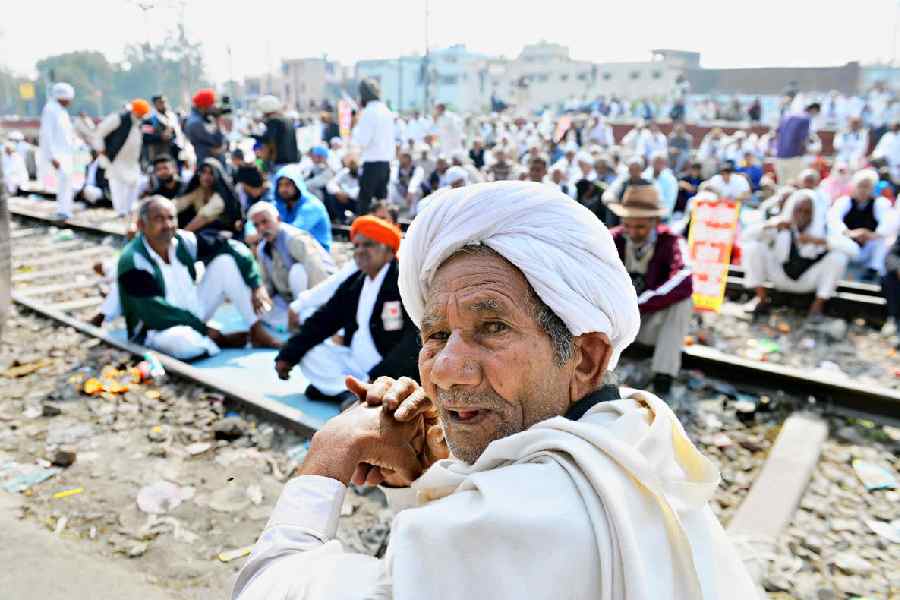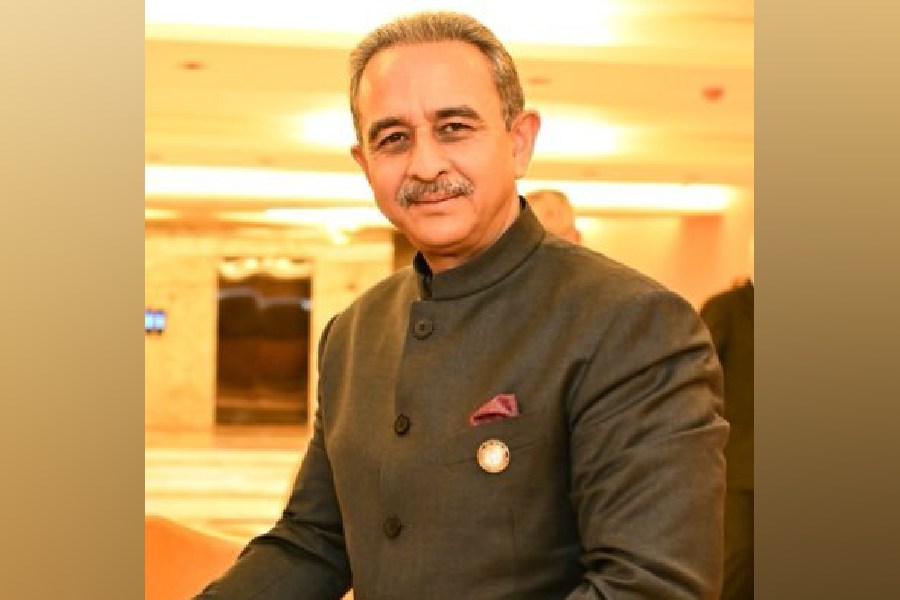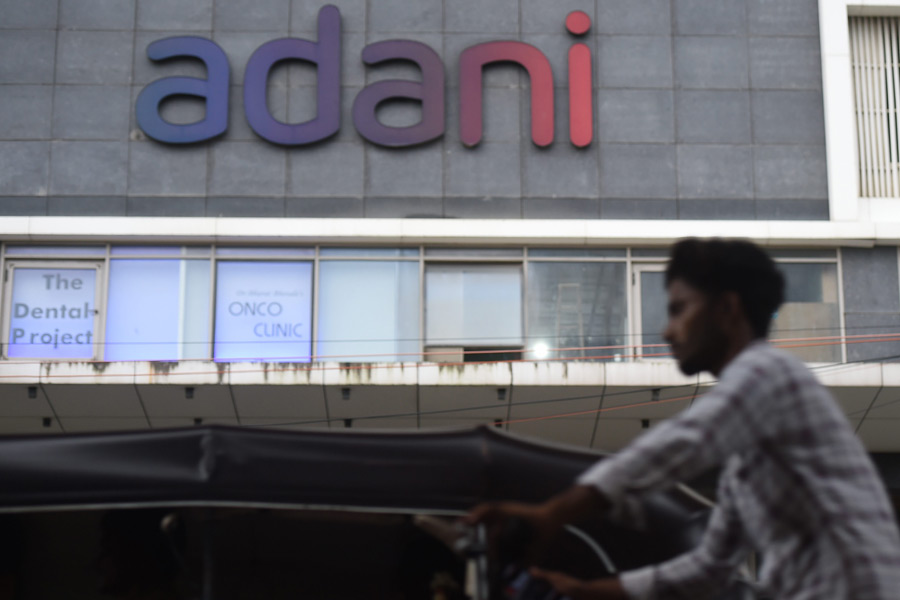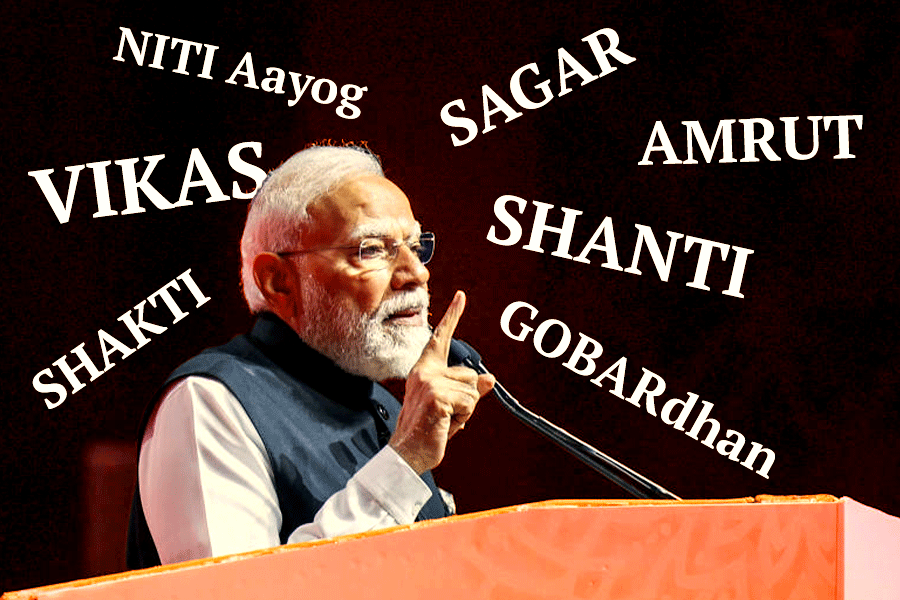Hindutva’s economic model, crafted under Narendra Modi’s leadership, has revealed its inherent contradictions and fragility. Initially projected as a blend of aggressive neoliberalism and cultural nationalism, this model has increasingly served the interests of the capitalist elite while exacerbating economic inequality, joblessness, and social unrest. A political-economic analysis of this crisis highlights the structural traits of Hindutva’s economic policies: its alignment with corporate capital, its reliance on precarious labour, and its use of religious nationalism to mask economic disenfranchisement. As the global economic order shifts and Modi’s political project faces mounting internal and external pressures, the limits of Hindutva’s economic model are becoming glaringly evident.
Hindutva’s economic framework, marketed under slogans like ‘Sabka Saath, Sabka Vikas’ (Together with all, development for all), has primarily functioned as a vehicle for crony capitalism. Modi’s regime has implemented pro-business policies allegedly favouring a handful of oligarchs, such as the Adani and Ambani enterprises, deepening wealth concentration while dismantling labour protections. The consequences of these policies are evident in the form of rising unemployment, stagnating wages, and increased informalisation of labour — classic symptoms of what Marxists identify as ‘accumulation by dispossession’.
Despite boasting high GDP growth rates during Modi’s tenure, the economic benefits have been unequally distributed. India’s working class, particularly in rural areas, has seen declining purchasing power exacerbated by demonetisation, a botched goods and services tax roll-out, and the disastrous handling of the Covid-19 crisis. Instead of fostering industrial growth and employment, Hindutva economics has accelerated the erosion of small and medium enterprises, leading to the deindustrialisation of large segments of the economy.
The 2020-21 farmers’ protests epitomised the contradictions within Hindutva’s economic strategy. The Modi government’s three farm laws had sought to corporatise agriculture, removing State protections and leaving farmers at the mercy of private capital. This move was in line with neoliberal economic prescriptions but triggered a massive uprising, led primarily by small and marginal farmers. The protests underscored the deep alienation of rural India from Modi’s economic policies and demonstrated the limits of Hindutva’s ability to co-opt working-class struggles through cultural nationalism.
The Marxian critique of Hindutva’s economic model highlights how the State, under Modi’s leadership, serves as an instrument for the bourgeoisie. While invoking Hindu nationalism to distract the masses, the government has relentlessly pursued policies that facilitate capital accumulation for a select few. The withdrawal of the farm laws in the face of resistance was a rare moment when class struggle disrupted Hindutva’s hegemonic narrative.
Under Modi, India’s global economic positioning has faltered despite ambitious rhetoric. Initially seen as a rising power capable of counterbalancing China, India’s economic stagnation, diplomatic miscalculations, and authoritarian tendencies have diminished its standing on global forums. The promise of India as a manufacturing alternative to China has largely failed due to inadequate infrastructure, bureaucratic inefficiencies, and an uncertain regulatory environment. Foreign direct investment inflows have declined and global firms remain wary of India’s unpredictable policy shifts. The ‘Make in India’ campaign has struggled to translate into substantive industrial growth as capital-intensive industries prefer more stable and skilled-labour economies like Vietnam and Indonesia. The growing economic disparity, coupled with deepening communal fissures, has further eroded investor confidence in India’s long-term stability.
Modi’s foreign policy has increasingly alienated Western allies who once viewed India as a democratic counterweight to China. Reports on human rights violations, the suppression of dissent, and State-sponsored communal violence have damaged India’s image. While Modi remains a crucial player in QUAD and other strategic alliances, the ideological divergence between India’s Hindutva-led politics and the liberal democratic order of the West is becoming increasingly apparent.
Despite efforts to present India as an attractive investment destination, Modi’s protectionist economic measures, such as raising tariffs and restricting foreign e-commerce, have alienated crucial trade partners, including the United States of America and the European Union. The decline of India’s diplomatic clout in South Asia, particularly its strained relations with Nepal, Sri Lanka, and Bangladesh, further weakens its regional influence. A Marxian analysis situates this crisis within the broader framework of India’s dependent capitalist development where neoliberal globalisation has failed to deliver sustainable growth or political leverage.
Religious nationalism has been the linchpin of Modi’s political strategy, effectively mobilising mass support while obscuring economic distress. Through large-scale temple projects, anti-Muslim rhetoric, and repressive policies against minorities, the Bharatiya Janata Party has maintained a semblance of mass consent. However, as economic grievances mount, the limits of this strategy are becoming apparent.
The backlash against policies like the Citizenship (Amendment) Act and the National Register of Citizens shows that Hindutva’s cultural politics cannot indefinitely suppress class contradictions. The working class, irrespective of religious identity, is grappling with economic hardships that cannot be resolved through symbolic gestures or communal polarisation.
In its present form, Hindutva is not a monolithic entity, but a coalition of disparate social forces, including upper-caste elites, small traders, and sections of the urban proletariat. Contradictions within this coalition are surfacing as economic distress deepens. The discontent among OBCs and Dalits, who form a crucial segment of the BJP’s voter base, is particularly significant. The recent backlash from small traders and middle-class Hindus against rising inflation and economic mismanagement signals the beginning of internal fractures within Hindutva’s support base.
As Hindutva’s economic model falters, the Modi government has increasingly resorted to authoritarian measures — curbing press freedom, arresting dissenters, and allegedly manipulating electoral processes. The suppression of opposition voices, from those of journalists to labour activists, indicates a regime that recognises its declining legitimacy and is willing to abandon democratic pretences to maintain power.
A Marxian prognosis of Hindutva’s trajectory suggests that as economic distress escalates, the State will rely more on coercion than consent. The transition from electoral majoritarianism to outright authoritarianism is already underway with State institutions being systematically undermined.
Despite Hindutva’s hegemony, resistance movements — from farmers to students and labour unions — continue to challenge its rule. The working class is not a passive victim but an active agent in shaping the future of Indian politics. If progressive forces can effectively articulate an alternative economic vision, Hindutva’s grip on power could be weakened.
The failure of Hindutva’s economic model offers an opening for a renewed struggle for social justice. The question remains: will the opposition seize this moment, or will Hindutva evolve into an even more repressive form? The battle between capital and labour, between authoritarian nationalism and democratic resistance, is far from over.
Hindutva’s economic crisis is not an isolated phenomenon but a structural inevitability. Its neoliberal policies have exacerbated class contradictions while its reliance on religious nationalism faces diminishing returns. Modi’s declining global standing further weakens Hindutva’s long-term viability. The choice before India is stark: continue down the path of exclusionary nationalism and economic oligarchy or forge a new progressive alternative. The struggle for economic justice and social emancipation remains the defining challenge of our times.
Debashis Chakrabarti is a political commentator and Commonwealth Fellow (UK)










